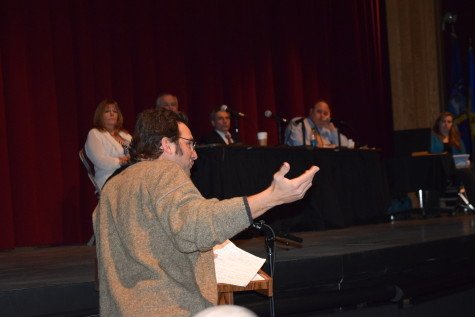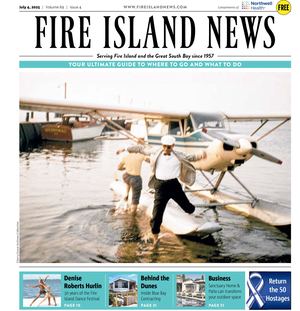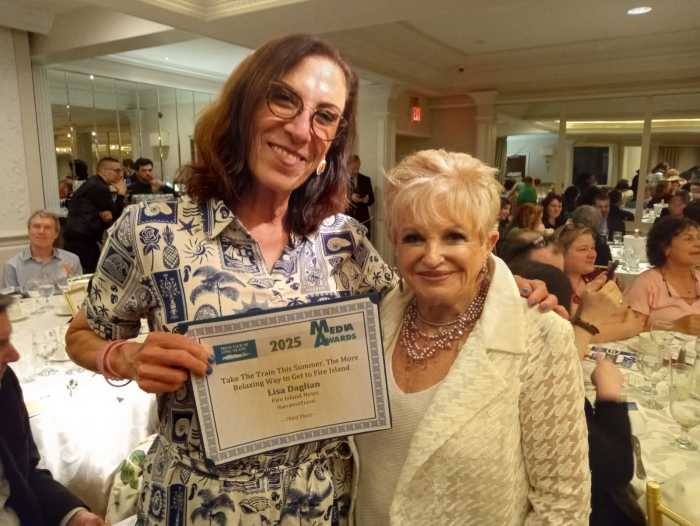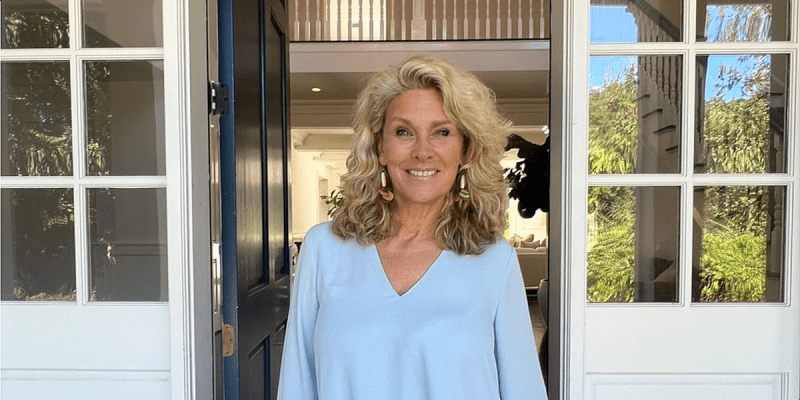By Timothy BolgerFire Islanders mostly favor a controversial $207-million federally funded plan to pump sand on their beaches and dunes to fix erosion caused by Sandy, but they oppose condemning oceanfront homes to do it.That’s the consensus from 15 residents of the barrier beach who aired their opinions at the public hearing held at the Brentwood campus of Suffolk Community College on Feb. 17 to address the most litigious aspect of the project: negotiating with 41 oceanfront property owners, who face either buyouts, moving their homes or eminent domain. Most of the properties facing possible condemnation are in Davis Park and Ocean Bay Park, two of the hardest hit communities on the island.”Your plan, despite its good intentions, is flawed,” Jack Lilly of Davis Park told the panel of Suffolk County officials tasked with negotiating with affected homeowners. He called the decision to rebuild the dune north of where the prior one was arbitrary, which was a sentiment shared by others. And, noting that the hearing was a redo of one held Dec. 30 without legally sufficient prior public notice, he added: “stop being sneaky.”The Fire Island Inlet to Moriches Inlet (FIMI) project is slated to rebuild about 19 miles of dunes and beachfront along the south side of slightly more than half the 32-mile island. The storm mitigation plan was spun off from the $700-million Fire Island Inlet to Montauk Point (FIMP) project, which is expected to follow later.The first phase of FIMI began last fall at Smith Point County Park on the island’s eastern end after the Audubon Society lost a lawsuit trying to block the plan on the grounds that it would disturb endangered Piping Plovers. The second phase is slated to begin soon at the west end around Robert Moses State Park and the Fire Island Lighthouse, but the third phase protecting the 17 communities may not start until 2016 at best, estimated Gil Anderson, the Suffolk public works department commissioner. That means the communities are likely to remain vulnerable for another two hurricane seasons until the work begins.One resident–among more than 50 in the crowd at the hearing–said he was “baffled” that the plan included rebuilding dunes but not filling in the breach at Old Inlet that Sandy caused. Fire Island National Seashore (FINS) officials have said they stand ready to fill in the breach if need be, but since it is stable and lies within the 7-mile Otis Pike Fire Island High Dune Wilderness preserve, they will let nature take its course.An attorney for a group of homeowners requested that the agencies contact them to tell them their options already. Notifications have begun, but the lag has been the biggest complaint to date.Francine Haselkorn of Ocean Bay Park said she suspects an ulterior motive is afoot with FIMI.”This is a well-planned attempt at a land grab by the [U.S.] Department of Interior,” she said, referring to FINS’ parent agency. “The plan is described as restoration when it is in fact retreat into private property.”Among the handful that came out against the plan to rebuild the dunes was Dylan Wallace, who lives on the oceanfront in Corneille Estates.”Building dunes first…is counterproductive,” he said. “It seems like our saving grace, but it’s really not.”Instead of pumping sand on the beach, he said the project should focus on rebuilding the offshore sandbars, which cushions the blow of Atlantic Ocean waves before they reach the shore.”This is just basic science,” he said. “The surf needs to break far out if you want to protect Fire Island.”How the county, FINS, New York State Department of Environmental Conservation and U.S. Army Corp. of Engineers and other involved agencies will use any of the information gathered at the hearing remained as unpredictable as the start date of the plan’s third phase.”Unidentified sources have told me that things are progressing better than expected,” John Lund, a Davis Park resident as well as vice president of the Fire Island Association, said at the hearing.Less than a week later on the other side of the island, Saltaire Village Administrator Mario Posillico said at a Feb. 23 New York City board meeting that there was little hope that any sand from phase two would make it east of Kismet to their beach before the window for dredging closes upon Piping Plover nesting season in mid-April.”The prospects of a FIMP project in this coming off season, in my view, is not that good,” he said.



























